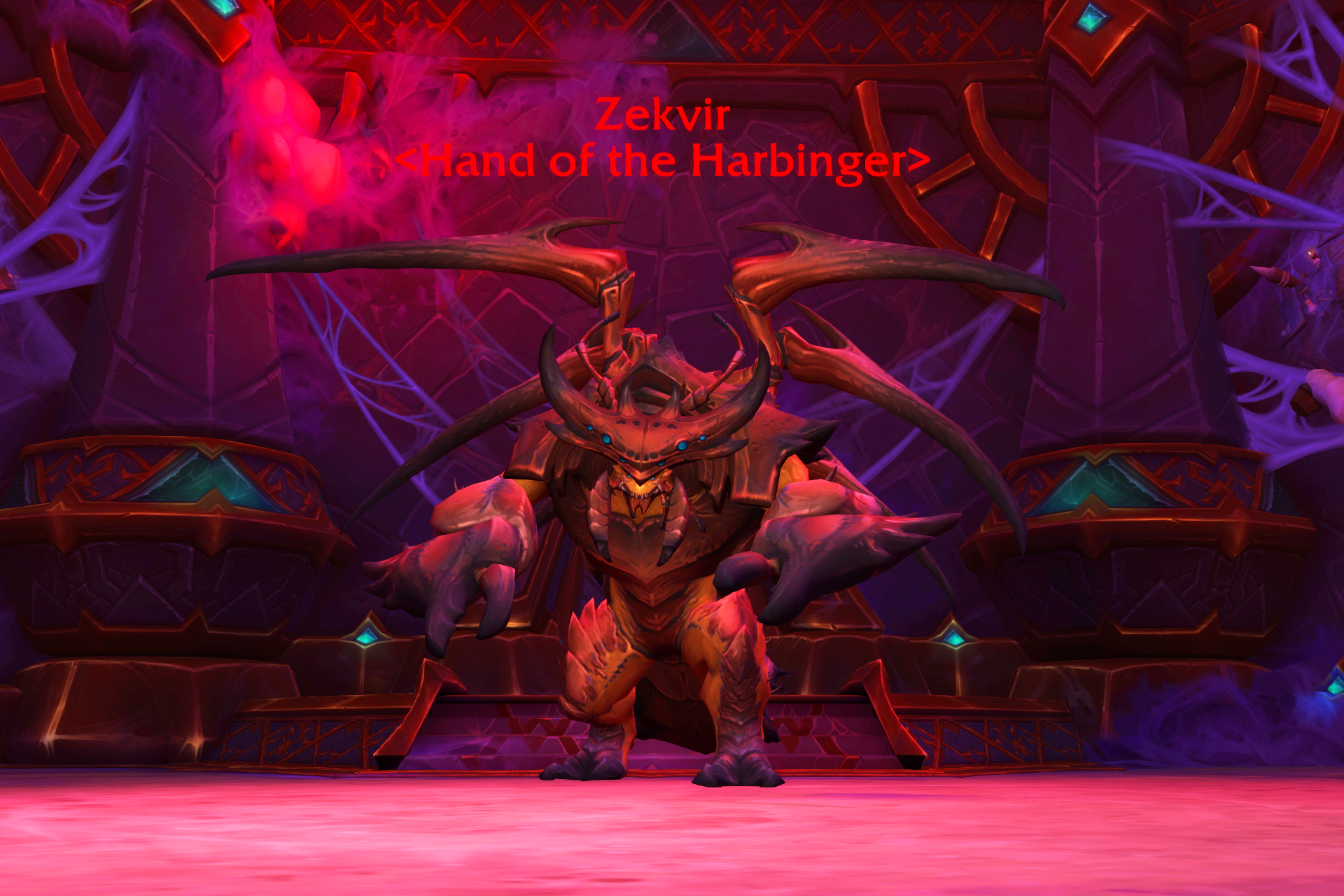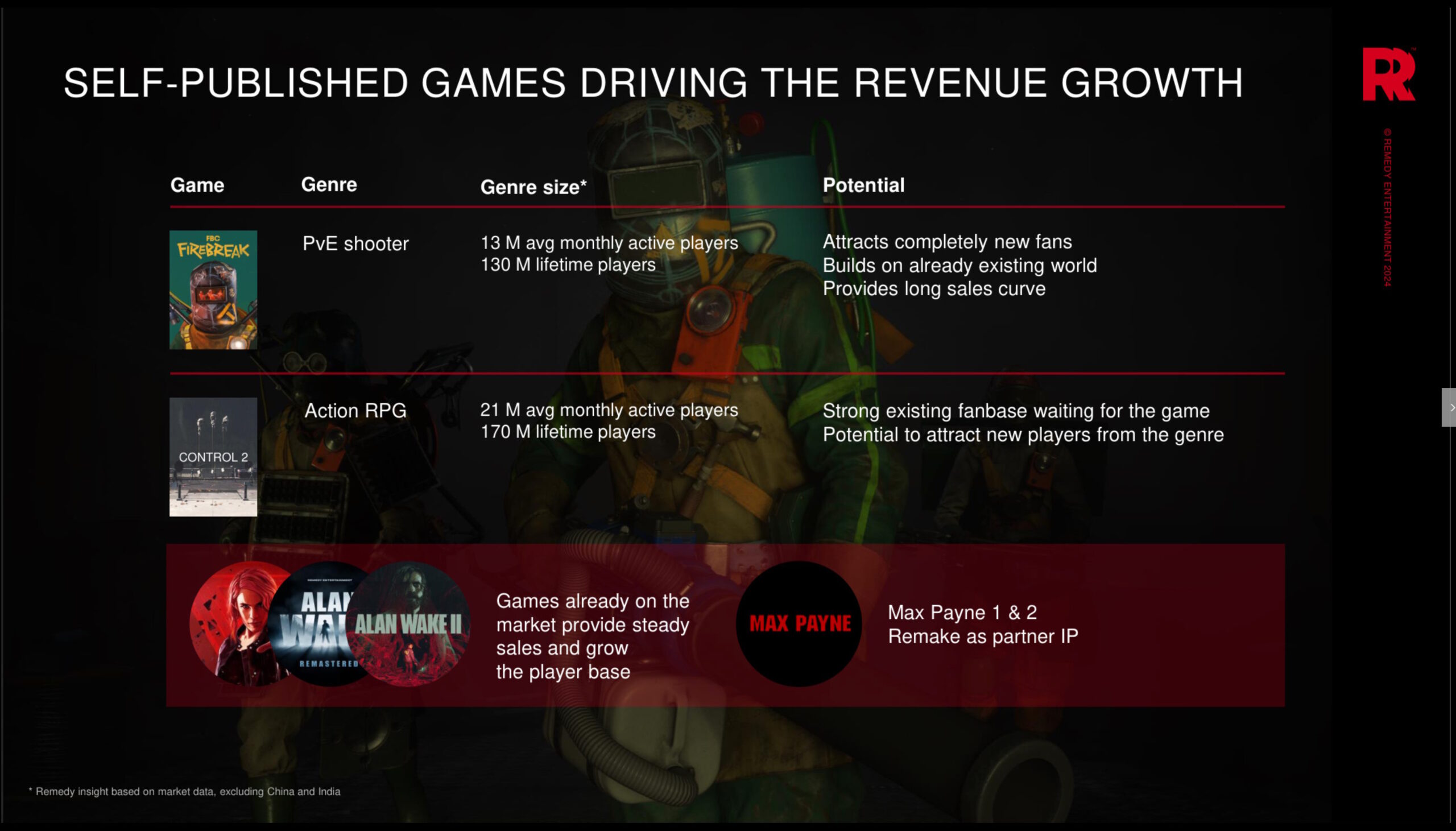The pre-Bethesda Fallouts occupy an odd space, still held up by the die-hards as the Only True Fallouts but largely unplayed beyond gamers of a certain vintage. Me, it’s me that’s the vintage. Yet even among these titles there is the neglected stepson: Fallout Tactics, a Brotherhood of Steel RPG developed by Micro Forté, released in 2001. It was received pretty well at the time, by critics anyway, but its divergence from the previous games saw many fans then and now dismiss it as unworthy of the heritage.
Sound familiar? PC Gamer’s Josh Wolens recently sat down with Fallout Tactics’ lead designer, Ed Orman, about the game’s development and how heated things subsequently got about this version of the Wasteland. Recalling some of the most common negative complaints they’d hear from fans, Orman lists “This isn’t a Fallout game. This is not Fallout 3. You screwed up the lore here, here and here. You put hairy deathclaws in, you’re not using charisma properly and all of those things.”
This may have partly contributed to Bethesda’s decision to unceremoniously yoink Fallout Tactics out of the official canon (“it sucked“). I mean, hairy deathclaws? And part of the reaction to Micro Forté doing this stuff may have been that Tactics was not a mainline entry, but went all-in on the lore and story anyway. These were the days before lore bibles, after all, when the best you could probably hope for were a few pages of notes from the original team.
“There might have been some [lore] documentation, but it was a lot of reverse engineering,” says Orman. “Which is why we got some things wrong or we went off the beaten path a bit in places, because there was so much. I think your assessment is correct: we didn’t need to do what we did [but] I like the setting, and I wanted to write a big story.
“We could have done a series of individual missions. We could have done so much less than we did. But no, I wanted to tie it all together. Fallout 1 and 2 had this story that goes from start to finish, and lots of different side stories. People love exploring those things, and I do too. So that’s what I wanted to make.”
Which doesn’t quite answer the question of how we end up with hairy deathclaws. “Chris [Avellone] was our main point for lore and things like that, and then whatever other documents they could find for us,” recalls Orman. “But there was just so much stuff in [Tactics] that I’m not surprised we, you know, made hairy deathclaws. Because it looks like it’s there in the sprite, so we’re gonna come up with a hairy deathclaw. Now, I actually think there’s plenty of justification for doing variations on deathclaws. But at the time, I know it was sacrilege.”
A Fallout Tactics sequel was planned at one point, but the game didn’t sell well enough to justify the continuation. Nevertheless it remains one of the oddest byroads in a universe that’s only going to get bigger, and regardless what Bethesda says about its canonicity or otherwise seems to have had a big influence on subsequent games (most of all, and perhaps this is not surprising, the world of New Vegas: another spinoff Fallout made by another studio).
There’s plenty more to come from our interview with Orman, who is philosophical about Tactics’ place in the wider Fallout universe these days. “There have been little bits and pieces of Tactics which you can see kind of are canon now, just through the back door over time. And that’s good enough for me. I don’t need anything more than that.”



